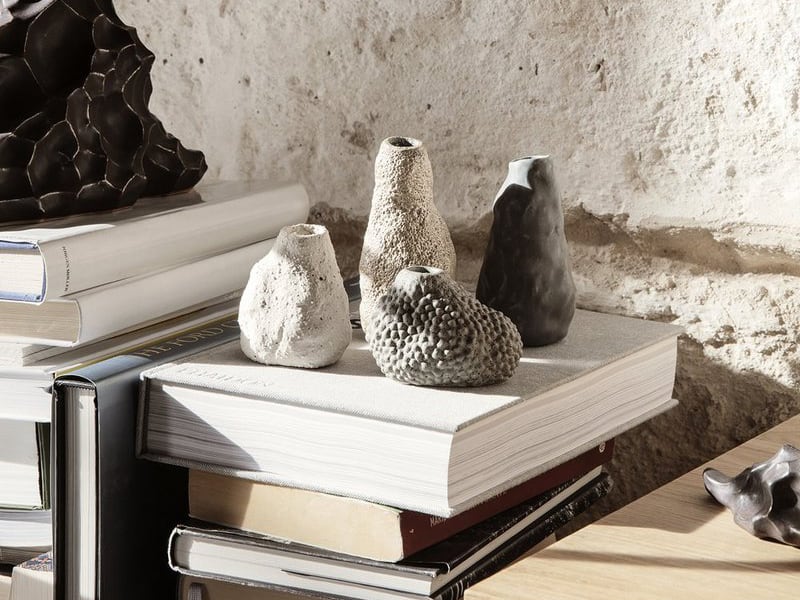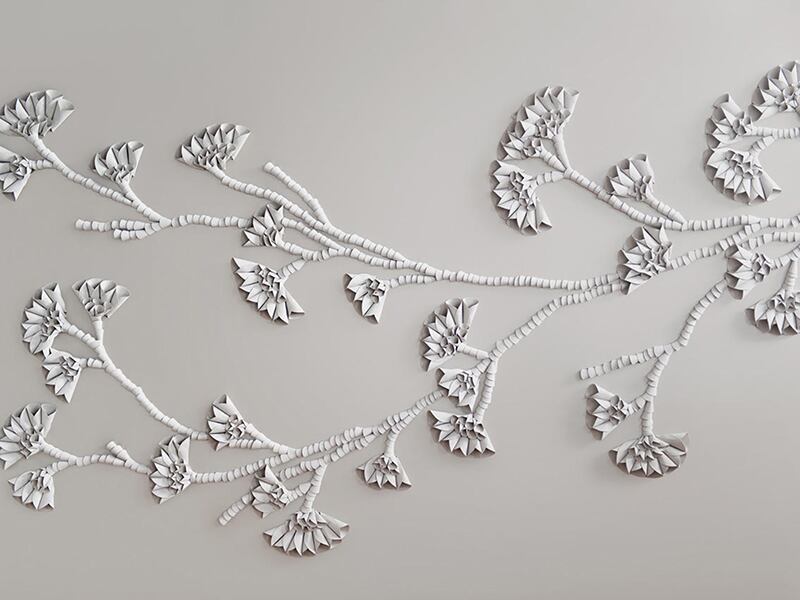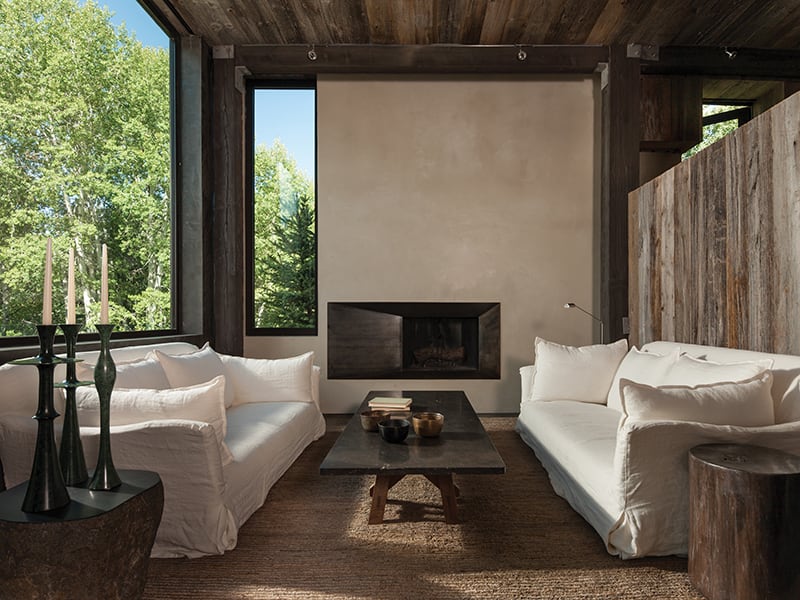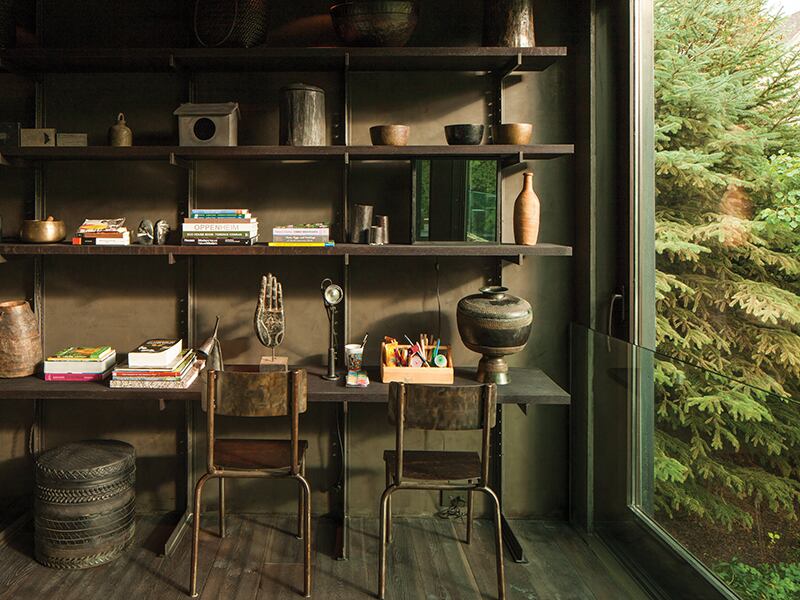
Chikyū—the Japanese Interior Design Trend to Know About Now
January 22, 2021
Move over hygge, the next big thing is chikyū—the Japanese word for earth, and a term for embracing organic materials, forms, and textures that make us feel grounded in nature. “Chikyū is a lifestyle, rather than a trend,” explains Ben Stokes, founder of U.K.-based Kagu Interiors. “Balance, order, and serenity are at the heart of this Japanese interior design philosophy.”
And, after the challenges wrought by 2020, designers are finding that order and serenity are in high demand. “I’ve never heard people express such a need as they are now for succor and comfort in their homes,” says internationally renowned designer Aiveen Daly. Known as the “couturier of upholstery," Daly’s bespoke pieces use techniques usually reserved for ballgowns. The current desire of her clients to celebrate the earth is “all-pervasive," she says. “It extends to the demand for organic materials, which will never be consigned to landfill.”

“Chikyū is about reconnection,” adds Chad Oppenheim, an award-winning architect and interior designer based in Miami and Los Angeles. “Our whole practice is focused on creating experiences that connect people with the earth.” He notes that the technology that keeps us in touch with the outside world can also distract us from living in the moment. “We may be the most ‘connected’ species on earth, but it has resulted in a disconnect with each other and the world around us.”
So how does one start creating that connection? “By embracing chikyū principles in the materials in your home, as well as your furnishings,” Oppenheim says. Here’s how he and our other design experts believe you can do that in every area of your home.
A Natural Start
Daly recommends immersing yourself in natural elements from the minute you open the front door. “A large hallway is a great place for statement pieces,” she says, and recommends you set the tone for the rest of your home with an oversized wall panel or textile hanging that incorporates elements from nature.
Related: Find the Statement Pieces That Will Transform Your Space in 2021

For Oppenheim, making impact in a hallway or foyer is all about cladding the interior walls with a large run of reclaimed wood—which needs space to show off its beauty. Meanwhile, Stokes is a fan of using a hall console table to house a huge earthenware urn or vase, thereby immediately grounding the space in nature.
Live in Serenity
When it comes to living rooms, the placement of furniture is vital, says Stokes. “Plan carefully in relation to the windows; placing your seating with a direct view into a garden will give the impression of more space, as well as bringing serenity.”
For a lounge area, Oppenheim recommends rugs handwoven from wool and other natural materials, as well as large Japanese vintage ornamental vessels, which encapsulate earth as an element. His item to watch out for? Moss-topped coffee tables, which Stokes creates as bespoke pieces for clients in America.
Related: Explore 3 Unexpected Ways to Invite the Natural World Inside

Make it Work
“Home offices are really important at the moment,” Daly says. “We have a client who’s themed one entirely around a beloved tree,” she says, adding that a personal space where several hours may be spent every day is often the best place to revel in nature.
Workspaces are also a great place to indulge a passion for a particular flower, plant, or creature that means something to you. “Owls, peacocks, and panthers have been very popular with our clients," she says. "These natural motifs often evoke memories of childhood and time spent with family.”
Create Soothing Spaces
Sleeping and dressing spaces are obvious homes for two of the most accessible natural materials: wood and linen. Stokes recommends all-natural bedding, keeping the color palette subdued, and harnessing the soothing properties of agarwood—a room scent popular in Japan.
Related: Discover 6 of the Best Contemporary Japanese Architects

In bedrooms, Oppenheim likes to use raw shearling, wool, and cotton for floor coverings as well as throws, and Daly suggests placing a flower- or bird-embellished panel above your bed to bring an extra measure of calm to the room.
Eat Sustainably
Kitchens facilitate chikyū when dishes and serving-ware in natural materials are chosen for everyday use, says Oppenheim: “I love to cook food in cast iron pans and eat off beautiful earthenware on a daily basis.” He recommends handcrafted one-of-a-kind mugs, and plates and platters with unevenly shaped perimeters which showcase their uniqueness. The sturdy, unfussy Japanese earthenware pots known as donabe are also an excellent, and sustainable, choice. Hardy enough to withstand everyday use, their centuries-old design has been perfected to last a lifetime.
In an eat-in kitchen, Aiveen Daly dining chairs embellished with birds or leaves make an elegant chikyū choice, especially when paired with a table hewn out of a single magnificent, asymmetric block of natural wood.

Embrace the Elements
Stone basins—like those hewn out of Indonesian river boulders—are a natural for earth-redolent bathrooms, says Stokes, who also recommends using “pond” mirrors with asymmetric perimeters to further boost the natural feel of the space.
Both Stokes and Oppehnheim recommend using reclaimed wood and stone rather than tile. Oppenheim has actually specified bathtubs in both materials for his clients, and is also a fan of the highly elemental effect created by finishing marble or granite bathroom worktops with an uneven, highly-textured edging. “It emulates how it would appear in nature and showcases the natural beauty of the stone,” he explains—exactly what chikyū is all about.
Find more inspiration at kagu-interiors.co.uk, oppenoffice.com, and aiveendaly.com
Banner image: The hallway of Oppenheim's chikyū-inspired home. Robert Reck


